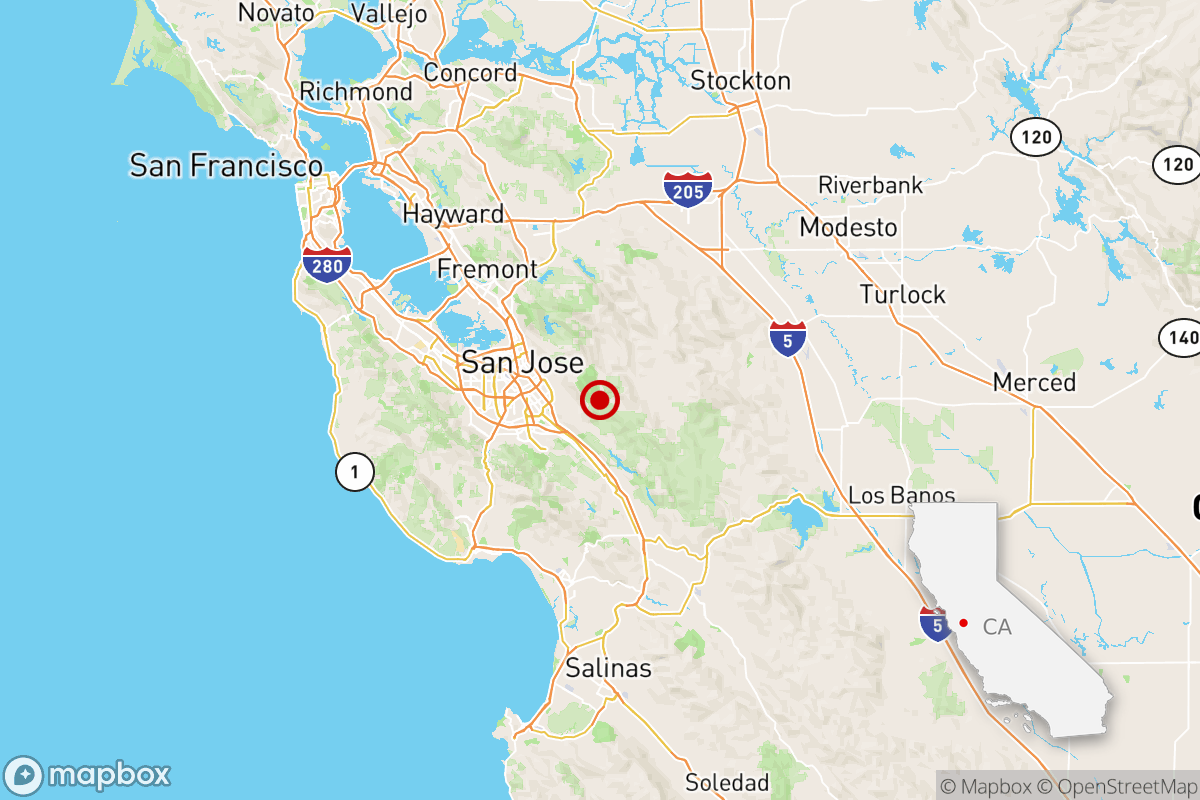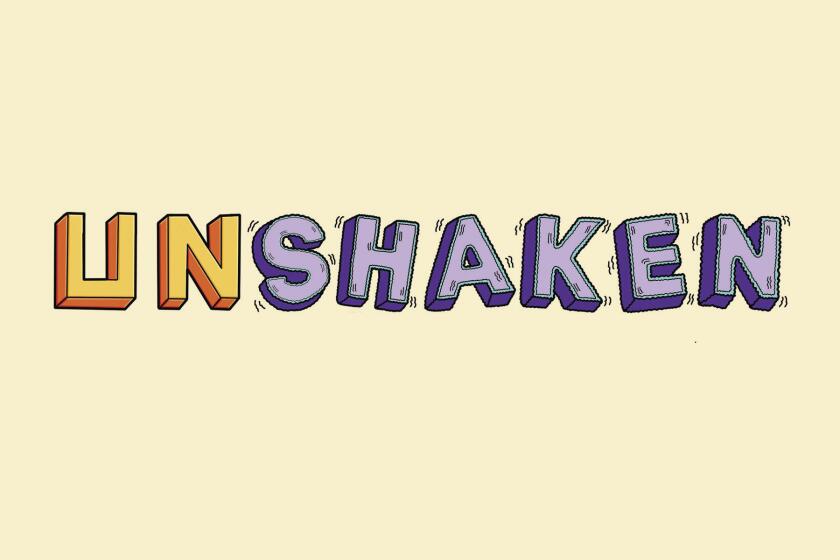5.1 earthquake hits near San Jose, rattling Bay Area

- Share via
The San Francisco Bay Area was rattled Tuesday by a magnitude 5.1 earthquake centered near San Jose.
The San Jose Fire Department did not receive any emergency calls related to the incident, spokesperson Erica Ray said. The San Jose Police Department said it did not receive any reports of damage or injuries.
San Francisco authorities also did not report any emergency calls tied to the quake, said Ray, who was in contact with authorities in neighboring cities.
Raymond Riordan, director of the San Jose Office of Emergency Management, said there were no reports of damage to water or wastewater systems.
The guide to earthquake readiness and resilience that you’ll actually use.
The Governor’s Office of Emergency Services also said it had not received reports of damage.
Rides on the Bay Area Rapid Transit’s system were briefly halted and delayed into the afternoon as crews inspected rail lines. There was no damage found, the transit agency said.
The quake was reported at 11:42 a.m. east of San Jose. It was followed by at least three aftershocks, a magnitude 2.9 at 11:47 a.m., a magnitude 3.5 at 3:08 p.m., and a magnitude 2.8 at 5:20 p.m. Riordan warned residents there could be additional aftershocks.
More aftershocks, likely weaker than the original quake, may arrive throughout the next week, which are “totally normal for an event of this type,” said Annemarie Baltay, a seismologist with the U.S. Geological Survey based in the Bay Area.
“There is a 1/100 chance of an aftershock greater than 5.1 in the next day,” she said in an afternoon news briefing. “There could be 10 to 15 aftershocks of magnitude 3 or greater in the next week.”
The quake’s epicenter was in the mountains about 12 miles east of San Jose, at Joseph D. Grant County Park near Mt. Hamilton, Baltay said. The most intense shaking was in sparsely populated areas.
According to the USGS, the quake was felt as far south as Salinas and Monterey, as far east as Merced and as far north as San Rafael. More than 18,000 people reported to the USGS that they felt shaking on Tuesday, the agency said. It estimated the quake produced only moderate shaking, capable of minor damage. Major damage was unlikely.
Although structural damage was not reported, Morgan Hill resident Lynne Meyer told KNTV-Channel 11 that mirrors and a lamp fell inside her house, which is near the quake’s epicenter.
“I thought there was an explosion,” she told the news outlet. “The sound was thunderous.”
A Times reporter in Daly City, about 50 miles northwest of the epicenter, received an emergency alert from the MyShake earthquake early warning system seconds before the shaking began.
Tuesday’s earthquake occurred along the Calaveras fault, one of the Bay Area’s most worrisome faults for its ability to produce a quake in the magnitude 7 range.
Among the most recent quakes thought to have hit the Calaveras fault was the magnitude 6.2 Morgan Hill quake in 1984, which caused $7 million in damage and left 21 people injured, according to the USGS.
People are much more important than kits. People will help each other when the power is out or they are thirsty. And people will help a community rebuild and keep Southern California a place we all want to live after a major quake.
The largest quake recorded on the Calaveras fault was a magnitude 6.6 temblor in 1911.
An average of five earthquakes with magnitudes between 5.0 and 6.0 occur per year in California and Nevada.
More to Read
Sign up for Essential California
The most important California stories and recommendations in your inbox every morning.
You may occasionally receive promotional content from the Los Angeles Times.















